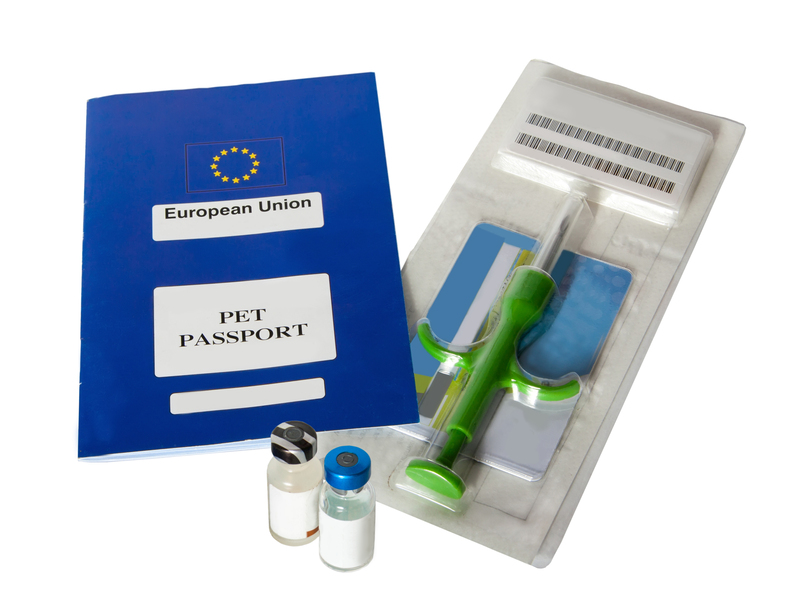Tips for Packing Fragile Art Pieces
Posted on 26/10/2025
Tips for Packing Fragile Art Pieces
Transporting art can be a daunting task, especially when the pieces involved are fragile. Whether you are moving an antique painting, a delicate sculpture, or an intricate glasswork, proper packing is essential to ensure that your valuable items arrive in the same condition they left.
Understanding the Risks
Before diving into specific packing methods, it's crucial to understand why fragile art requires special attention. Art pieces are often not replaceable, and even minor damage can significantly decrease their value. Factors like vibrations during transportation, pressure from other objects, and temperature fluctuations can all contribute to potential damage. By acknowledging these risks, you can better appreciate the importance of thorough and careful packing.

Choose the Right Packing Materials
The materials you choose for packing can make or break the safety of your art piece. Here are the essentials:
- Bubble Wrap: This is a staple in protecting fragile items. Bubble wrap provides cushioning and adds an extra layer of protection against shocks and vibrations.
- Foam Sheets: For additional padding, foam sheets can help distribute pressure evenly, protecting the surface of your artwork.
- Glassine Paper: This smooth, glossy paper is excellent for wrapping paintings and other artworks to prevent smudging and moisture damage.
- Cardboard Corners: Especially useful for framed art, cardboard corners can prevent damage to the edges and corners of your frames.
- Custom Crates or Boxes: For very valuable or large pieces, consider using custom-sized crates or boxes that provide a snug fit.
Step-by-Step Packing Guide
Here is a detailed step-by-step guide to packing fragile art pieces effectively:
1. Preparation
Start by finding a clean, clutter-free workspace. Lay out all your packing materials and make sure you have everything you need within arm's reach. Clean your hands and, if necessary, wear gloves to avoid leaving fingerprints or smudges on the artwork.
2. Gentle Cleaning
If your art piece can be safely cleaned, do so before packing. Use a dry, soft cloth to gently remove any dust or dirt. Avoid using liquids unless you are certain they will not damage the artwork.
3. Wrapping the Art
- Begin by wrapping the artwork in glassine paper. This will protect the surface from scratches and moisture. Make sure the sheet fully covers the piece, and secure it in place with tape.
- Next, wrap the artwork in bubble wrap. Use multiple layers if necessary to ensure adequate cushioning. The bubbles should face outward to provide the best shock absorption. Secure the bubble wrap with packing tape.
4. Padding the Frame
If the artwork is framed, add extra protection to the frame itself. Use foam sheets or additional bubble wrap around the frame's edges. Place cardboard corners on each corner of the frame to prevent them from getting crushed or damaged.
5. Packing in a Box
- Choose a sturdy box that is slightly larger than the wrapped artwork. Line the bottom of the box with foam sheets or packing peanuts to create a cushioned base.
- Carefully place the wrapped artwork in the center of the box.
- Fill any empty spaces around the artwork with more packing peanuts or crumpled packing paper. The goal is to ensure that the artwork does not move inside the box during transit.
- Once the box is filled and the artwork is secure, tape the box closed using strong packing tape. Reinforce the edges and seams for added security.
6. Labeling
Clearly label the box as "FRAGILE" on all sides. Additionally, you may want to indicate the correct orientation (e.g., "THIS SIDE UP") to ensure that handlers know how to position the box during transport.
Special Considerations for Different Types of Art
Paintings
For paintings, particularly those with valuable frames, consider using a telescoping box specifically designed for flat artwork. After wrapping the painting in glassine paper and bubble wrap, slide it into the inner box and then the outer box, securing both with tape. This double-layer protection provides added security.
Sculptures
Sculptures require careful handling due to their often irregular shapes. For these items, use foam sheets and bubble wrap liberally, paying special attention to protruding elements. Custom crates are highly recommended for large or particularly delicate sculptures. It's also a good idea to use soft cloths or padding between the sculpture and the wrapping material to prevent abrasion.
Glass Art
Glass art is highly susceptible to impact damage. In addition to bubble wrap and foam sheets, you might consider using specialized glass packing boxes that contain built-in dividers and additional padding. For smaller glass pieces, wrap each item individually and use plenty of packing peanuts to ensure they remain stationary.

Hire Professionals When Needed
Sometimes, the best way to ensure the safe transport of fragile art pieces is to hire professionals who specialize in art handling. These experts have the experience, tools, and materials to pack and transport your art safely. While this may be more expensive, the peace of mind and protection it offers can be well worth the investment.
Conclusion
Packing fragile art pieces requires careful planning, the right materials, and meticulous attention to detail. By following the steps outlined above, you can significantly reduce the risk of damage during transit, ensuring that your valuable art arrives safely at its destination.
Remember, the investment in quality packing materials and the time spent carefully wrapping and padding your artwork can save you the heartache and expense of potential damage. Whether you're transporting your prized collection across the city or across the country, these tips will help you secure your valuable art pieces and keep them in pristine condition.







